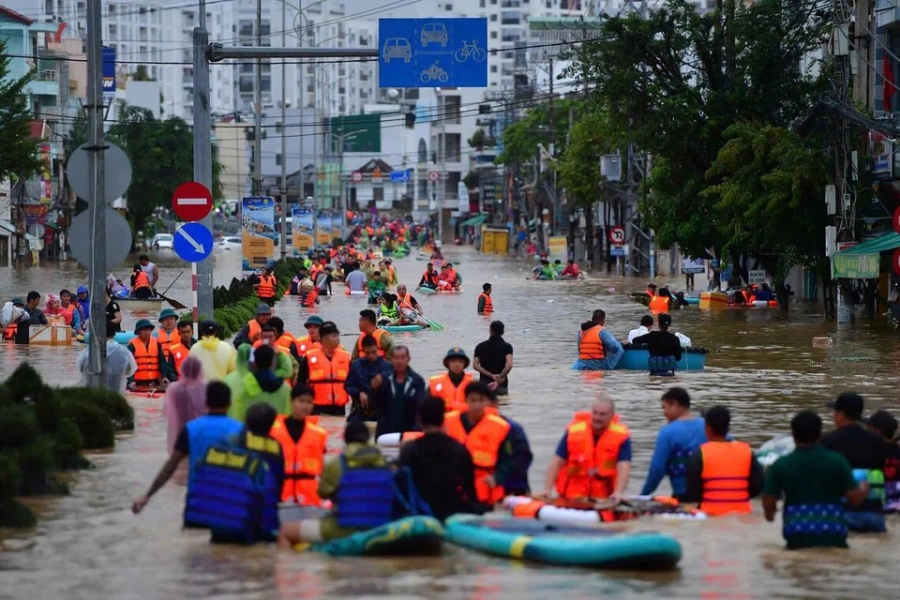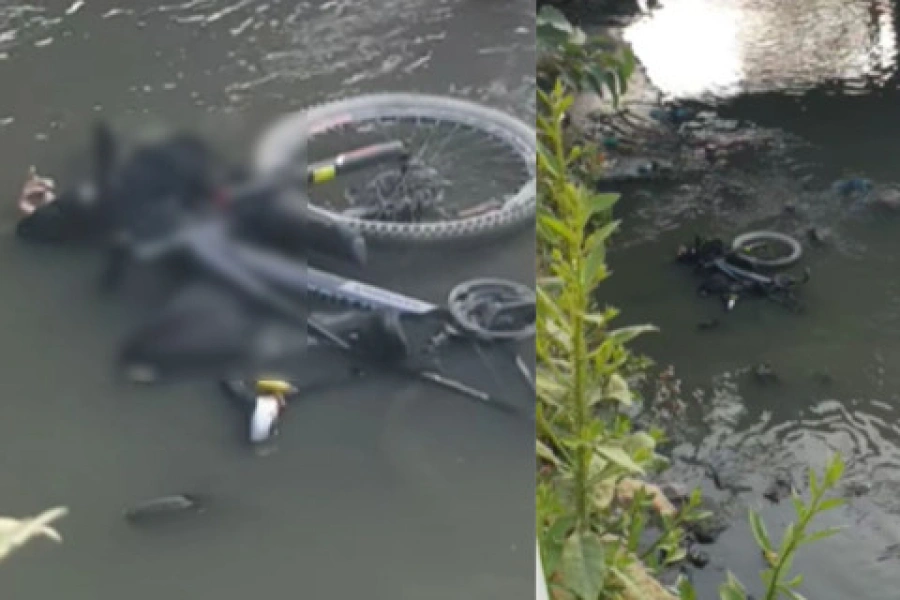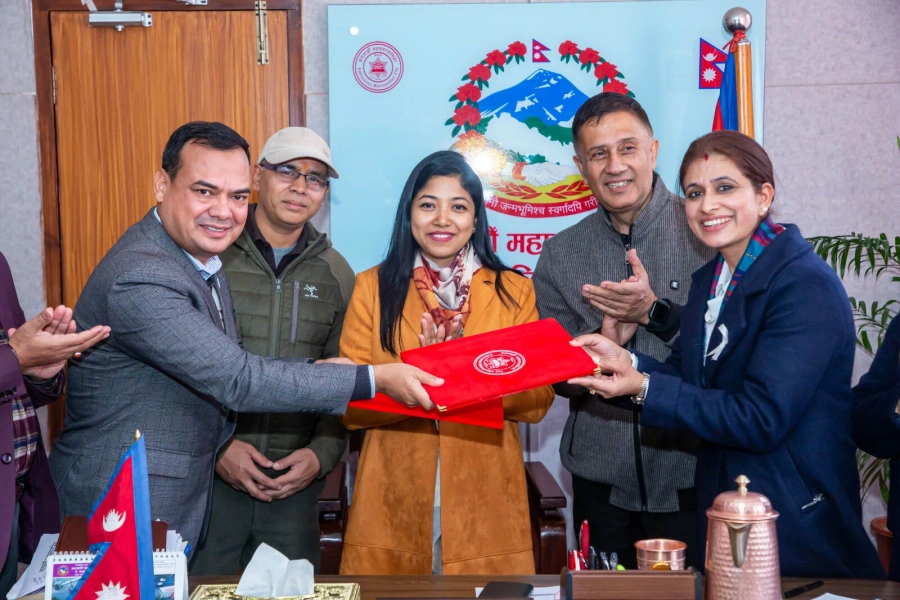The Center for Molecular Dynamics- Nepal (CMDN) - a research institute working in public health and biodiversity- focuses on laboratory research and research based on surveys.
CMDN works in public health, in collaboration with different organizations. They are currently working on a project to find out whether the measles immunization campaign is effective in rural Nepal.
It is also working on a case of Antimicrobial resistance (AMR). “Diseases in people are caused through different components, and diseases can also be transferred through animals. The chicken we eat are given antibiotics so they are healthy but if we eat that chicken the bacteria which was not effective in the chicken can be pathogenic in our body and all of a sudden we have AMR and the antibiotics we use become useless as the chickens were give the same antibiotics earlier and have become resistant to it,” said Sameer M. Dixit, the director of research. CMDN goes to poultry farms to do survey and take samples from chicken and check for the antibiotic genes and the evidence are usually provided to the government.
The institute is also doing a research to find out whether the medicine given to Hepatitis C patient is effective. The blood sample of the patient is sent to their lab for virus count in the blood of a patient and find out if it the medicine is actually reducing the virus count in blood. These researches help the government of Nepal to find out if the medications are working and make necessary changes to bring improvement in public health.
CMDN is also working on a second phase of a project called PREDICT Nepal which is also happening in 14 different countries in the world. “There are different viruses floating in the wild but it doesn’t harm humans because the interaction between humans and animals is less. But as the encroachment of wildlife is increasing the chance of spreading animal virus to humans is high. Ebola is one such example of virus,” said Sulochana Manandhar, the lab manager. They go to the wild to collect the specimen and look for the virus which can be a potential threat. The project aims to create a map to prevent the possibility of pandemic in future.
The institute is working on Nepal fish biodiversity project to build fish genetic database of Karnali River with two purposes. The project will help understand the fish biodiversity and use that information as part of environmental impact assessment (EIA). So if there is a hydropower plant to be built, we will be able to prevent it from disrupting migratory path of certain species of fish. Through this information, negative environmental impact can be reduced.
Child sex abuse may leave 'molecular scars' on DNA which could...





















-1200x560-1764836409.webp)


















